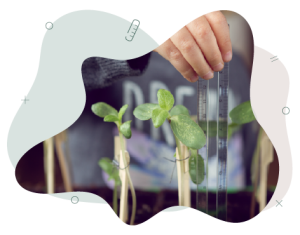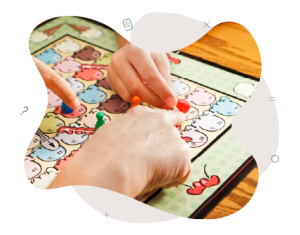15 Numeracy
Mathematics has developed from our social activity and as a way of making sense of our world. Play-based and inquiry learning in its many forms involves students in mathematical experiences because mathematics is part of their world and everyday lives.
Through play-based learning experiences, students explore and apply many areas of mathematical knowledge. Play-based experiences provide rich opportunities to represent number via written and spoken signs and symbols (Emfinger, 2009). Common examples include subtraction, counting, addition, one-to-one correspondence, and understanding of money (Emfinger, 2009).
This is why mathematics has practical or ‘real life’ applications that play-based and inquiry learning can reveal. It is also where we see students’ numeracy in action, as they draw on their mathematics skills and knowledge and use these purposefully in a range of situations and interactions. Furthermore, interactions between students in play-based learning experiences will often support students’ mathematical language (e.g., large and small, big and little, more and less), logical reasoning, shape and space, pattern and order, and counting (Reikeras, 2020).

The teacher’s role in supporting capability building
Children are naturally curious and many of the activities that take place during the day have mathematical significance. However, the teacher’s unique role is to notice mathematics and draw attention to it. Children need the opportunity to see their activity, play, or construction through a mathematical lens. This might relate to the shapes that the children are working with, or comparisons in terms of size during block play.
To support students’ exploration and application of mathematical knowledge in play-based learning experiences, teachers can:
- Provide a mathematically rich environment to prompt students to explore and apply mathematical knowledge in their play (Worthington & Van Oers, 2016). For example, if setting up a shop, students may be provided with money and a cash register.
- Guide students to document their mathematical planning and/or findings in a book or worksheet.
- Use planned and meaningful interactions to guide students towards mathematical knowledge. Open-ended questions, challenges and prompts can be directly related to mathematics to encourage students to count, compare amounts, determine how many, and identify and write numerals (Trawick-Smith et al., 2016).


